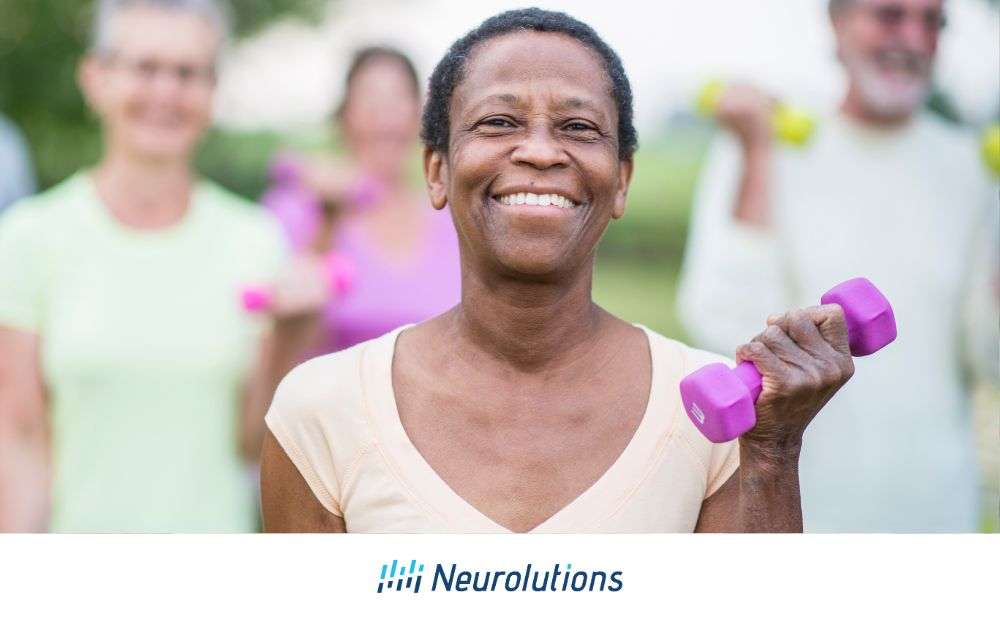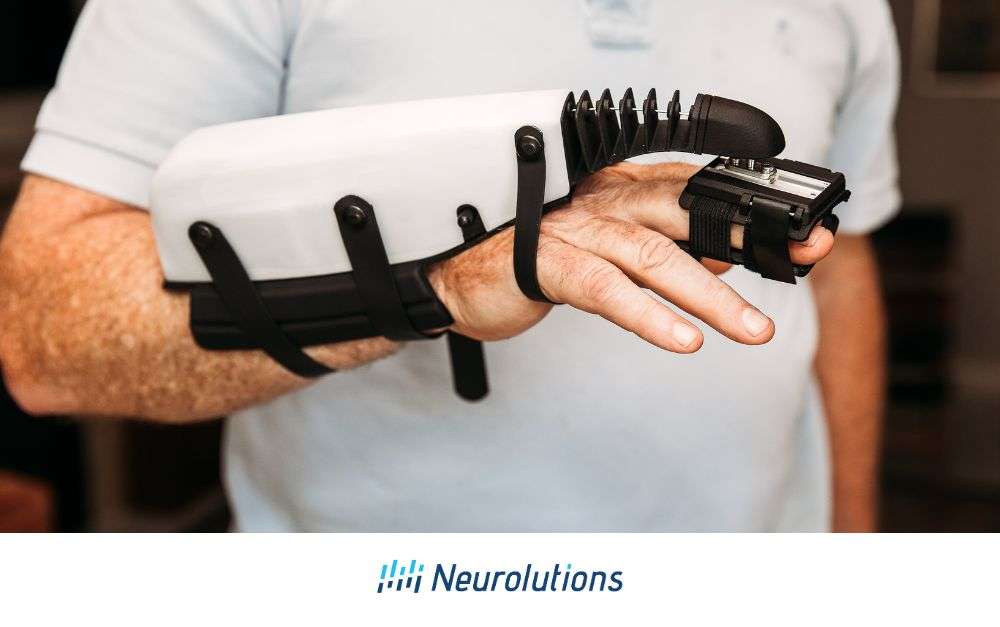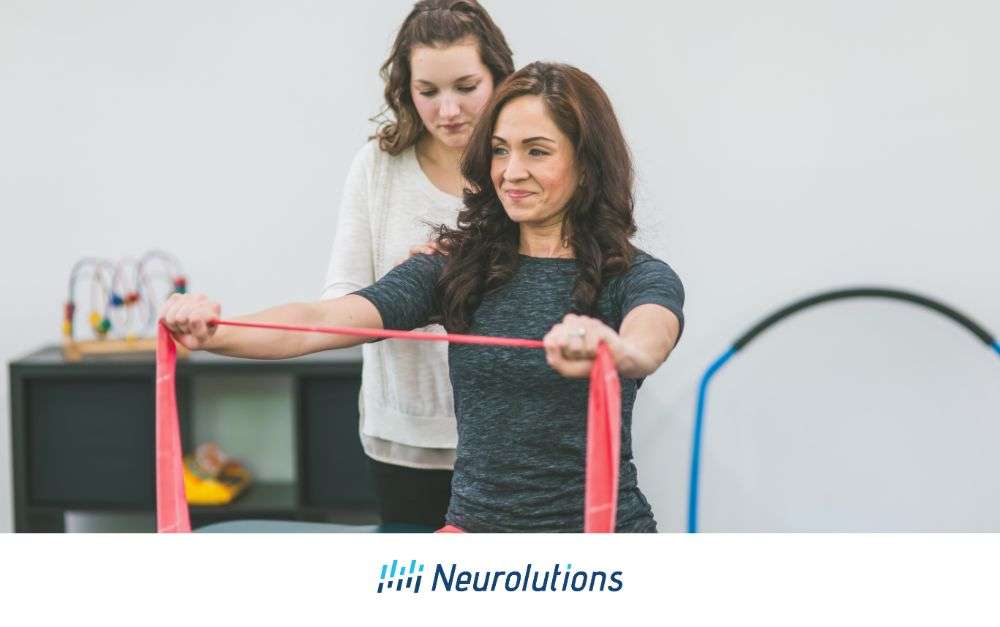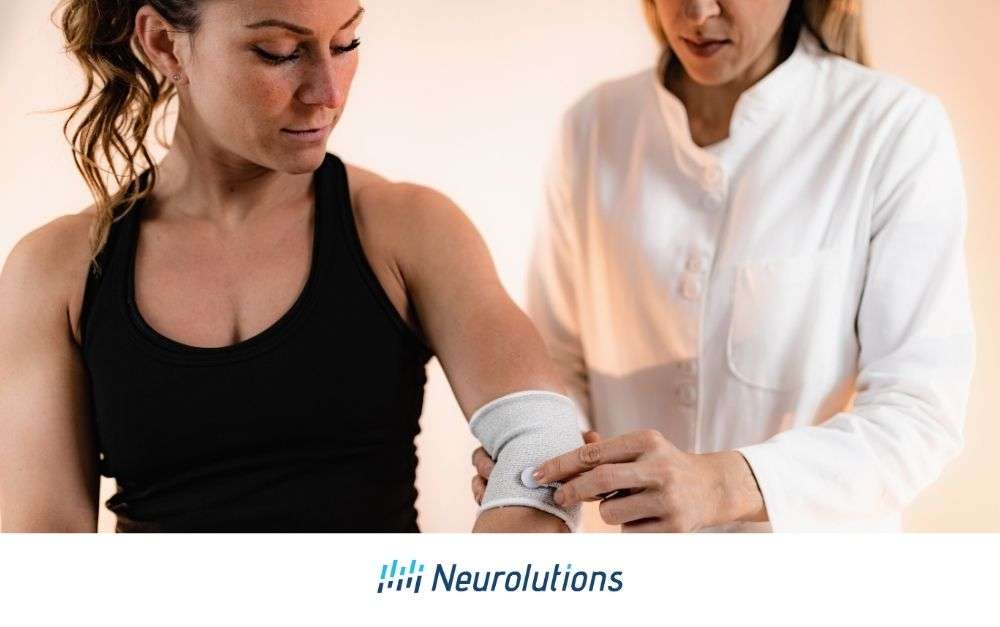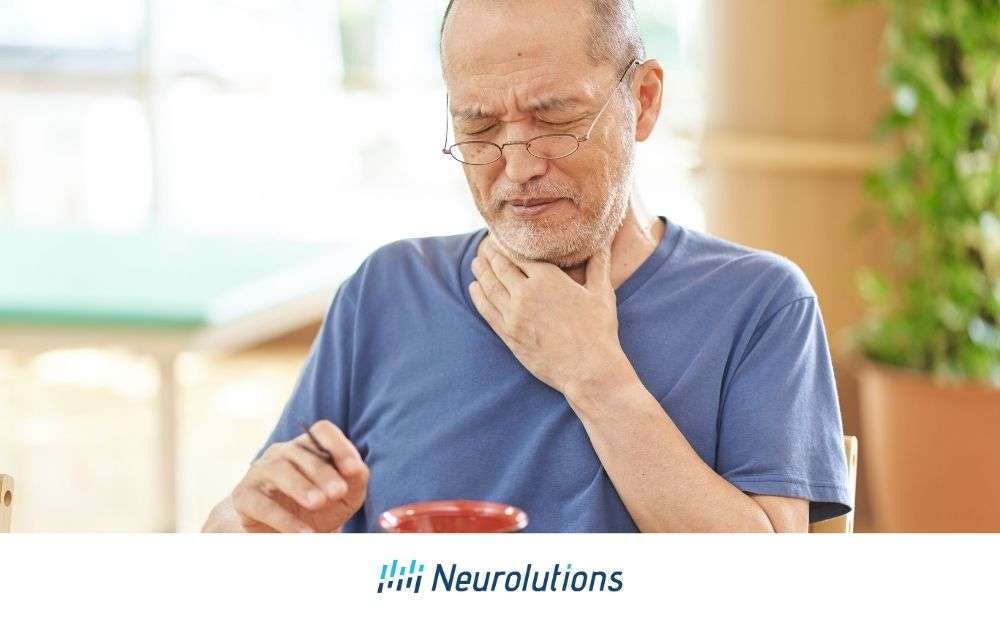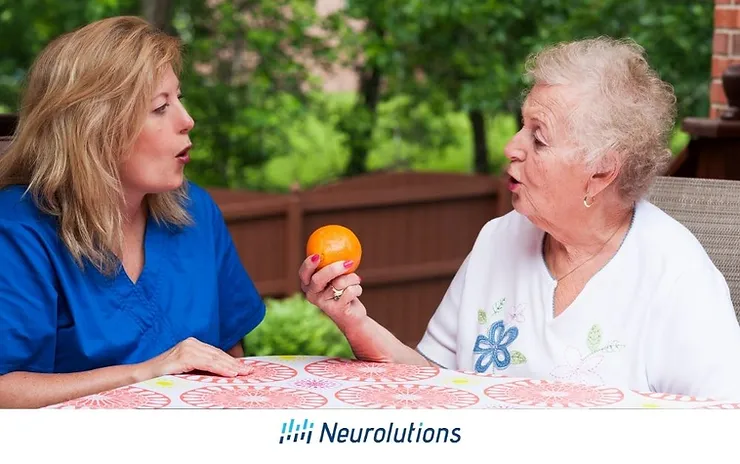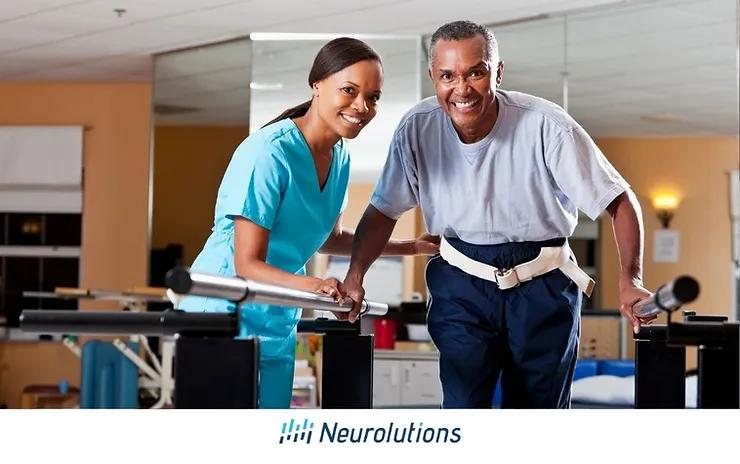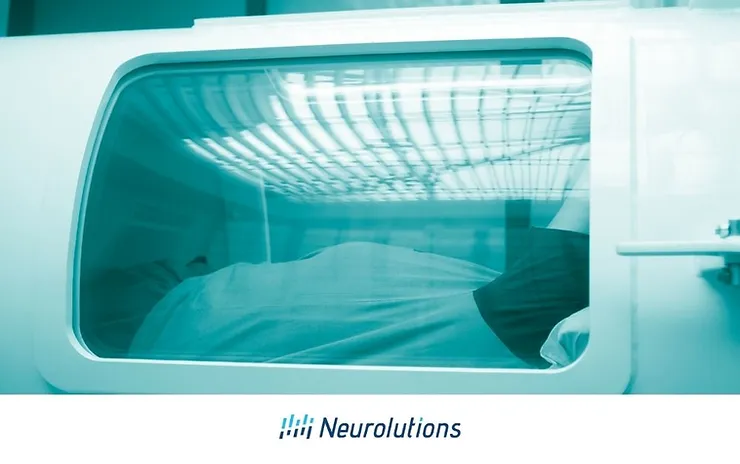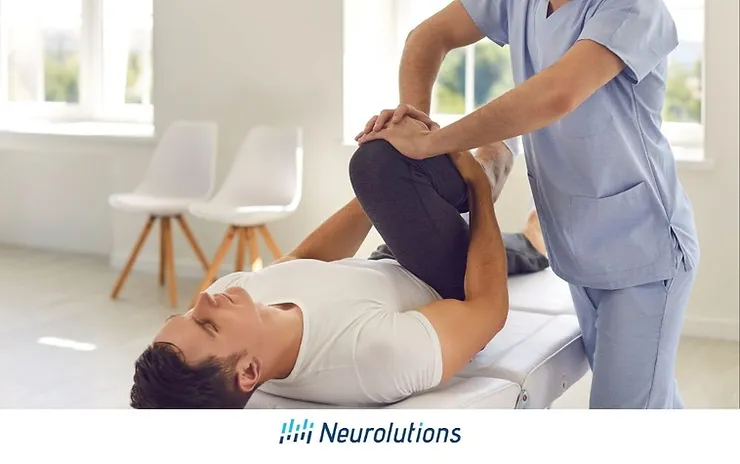After a stroke, many patients experience paralysis or weakness on one side of the body, including in the wrist, forearm, hand, and fingers. This can impact a survivor’s ability to perform everyday tasks and affect their overall quality of life. Around 77% of all...
